
As one of the foundations of Oriental cuisine, tofu has been a staple food for centuries. Whether as a centerpiece or just another part of the recipe, this versatile food item transcends the limits of nations and cultures. As a healthier alternative to meat and dairy, tofu has also gained a reputation as a miracle food to some. However, it has many other wonderful properties that may surprise you. Find out more about this legume with these interesting facts about tofu.
- There are 2 kinds of tofu: the regular and silken varieties.
- In 2019, the global tofu market size totaled USD 2.42 billion.
- Water makes up 78 to 91% of tofu’s mass.
- The US currently leads the world in soybean production.
- Iron makes up another 8% of its mass.
- Chinese historical tradition credits Lord Liu An of the Han Dynasty with discovering tofu.
- Some historians argue that the Chinese actually learned about the food from either the Mongolians or the Indians.
- The food made its way to Japan around the 8th Century.
- It also became a common offering in Japanese temples around the 12th Century.
- Song Dynasty traders brought the food with them to the Philippines between the 10th and 13th Centuries.
- Benjamin Franklin first mentioned the food in Western references in 1770.
- Chinese immigrants began commercial production of the food in the USA in 1878.
- Li Yuying founded the first soy factory to make the food in France in 1908.
- The food became widespread around the world from the mid-20th Century onward.
- The growth of vegetarianism widened consumption of the food further in the 21st Century.
- China’s Anhui Province specializes in making tofu-oriented dishes and recipes.
- Buddhism promoted the food as a substitute for meat.
- Chinese immigrants spread the food with them across Southeast Asia.
- 100 grams of the food only contains around 70,000 calories.
- The food normally has no sodium whatsoever.
Tofu is a Japanese name for the food.
Even then, the name comes from the Chinese word doufu, which has the same meaning. Whether it’s tofu or doufu, both terms translate to bean curd or fermented bean.
Making bean curd is actually quite simple.
To make tofu, the process involves the same steps used in making dairy. The only difference is that soy milk makes up tofu’s base instead of animal milk. After boiling soymilk, the resulting curds become the raw material making up the final product. Upon gathering the curds, they are pressed or molded into firm cakes, which are then fermented.
Two kinds of salt can be used to make tofu.
Traditionally, people use calcium sulfate to curdle boiled soy milk. Also called gypsum, this salt comes from quarries and requires no processing, making it a cheaper option. That said, it works slower, producing soft and water-rich tofu with a higher calcium content. Aside from gypsum, people also use magnesium chloride and calcium chloride to curdle boiled soil milk, especially in Japan.
While calcium sulfate comes from the ground, magnesium chloride is refined from seawater.
Acid can also help make bean curd.
Specifically, commercial tofu factories use the organic acid glucono delta-lactone (GDL) as a curdling agent. Also used by cheesemakers, this acid produces tofu with a slightly sour flavor compared to tofu made using salt, and tends to have softer textures. Unlike tofu made with salt, tofu made with GDL doesn’t need pressing afterward.
Tofu’s color can vary.
Whether the bean curd comes out as pure white or some shade of yellow depends on the breed of soybeans that soy milk comes from. The salting process also factors in, with either gypsum or calcium chloride typically producing a whiter final product. Adjusting the acidity of the soy milk solution during the curdling process also helps with making a whiter final product.
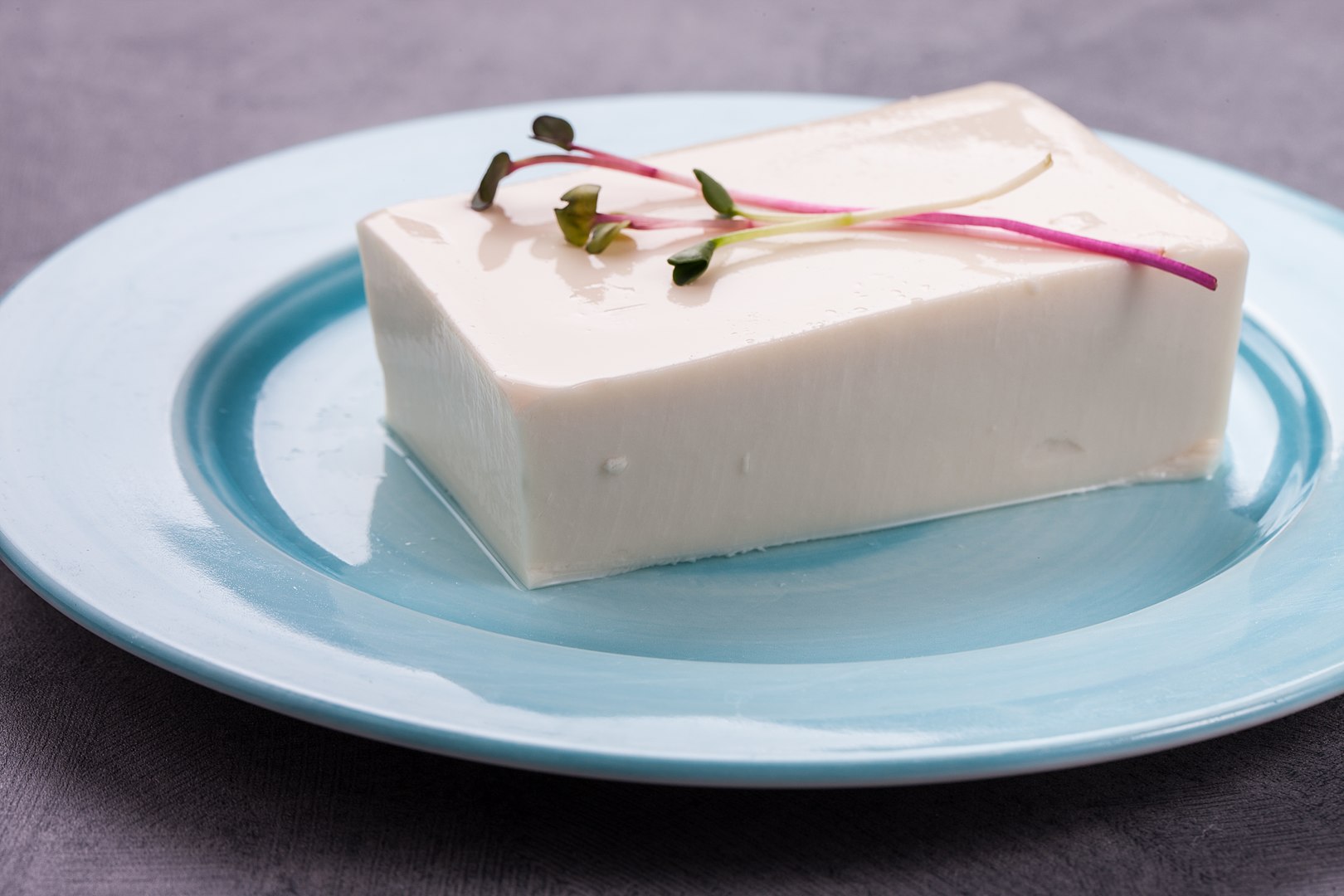
Bean curd generally has a bland flavor.
While Westerners prefer milder tofu, Asians generally like their tofu with a slightly beany flavor instead. Aside from the salt or curdling agent used, water temperature greatly affects tofu’s flavor. Generally, soybeans processed with hot water usually results in a bland flavor. On the flip side, using cold water for tofu usually results in the bean curd gaining a beany flavor.
Unpressed fresh tofu comes in 2 varieties.
Also called sun-dubu in Korean, and chun doufu in Chinese, regular tofu has a loose and soft texture. Meanwhile, silken tofu or nendoufu is more delicate to the touch. Usually served as a dessert, it may also feature in other forms of cooking.
Pressed fresh tofu also comes in 2 varieties.
First, we have firm tofu, also called momen-doufu in Japanese, laodofu in Chinese, and mo-dubu in Korean. While harder and dryer than unpressed fresh tofu, firm tofu still has a high water content of its own. Upon pressing the bean curd, it will have the consistency of raw meat while staying flexible enough to bounce back from a soft touch.
Meanwhile, extra-firm tofu can get rather dry, and has the consistency of cooked meat. It also tends to have a rubbery texture to it. In contrast to unpressed tofu, these varieties usually feature more in complex cooking due to their firmer consistency.
The simplest way to process bean curd is to pickle it.
Quite common in China and Vietnam, people pickle tofu using air-drying, usually covered under hay. This allows aerial bacteria to ferment the bean curd before people soak it in saltwater, rice wine, or vinegar. Minced chili also sometimes has a use in pickling bean curd, as does a mix of rice, bean paste, and soybeans.
A variant of bean curd literally has the name of stinky tofu.
A common dish from China, the tofu has a distinctive, cheesy smell, which some people describe like that of rotting food. The smell comes from the use of vegetable and fish brine to pickle the bean curd, and which also gives them a distinctive taste. Connoisseurs have even compared the flavor of stinky tofu to that of blue cheese.
Thousand-layer tofu is a kind of frozen tofu from China.
Originally from Jiangnan Province, the name comes from the effects of freezing on the bean curd. As the bean curd freezes, the ice crystals inside cause large cavities to form, which gives the impression of layers inside the bean curd. Freezing also changes the bean curd’s texture, making it harder, springier, and even gummier.
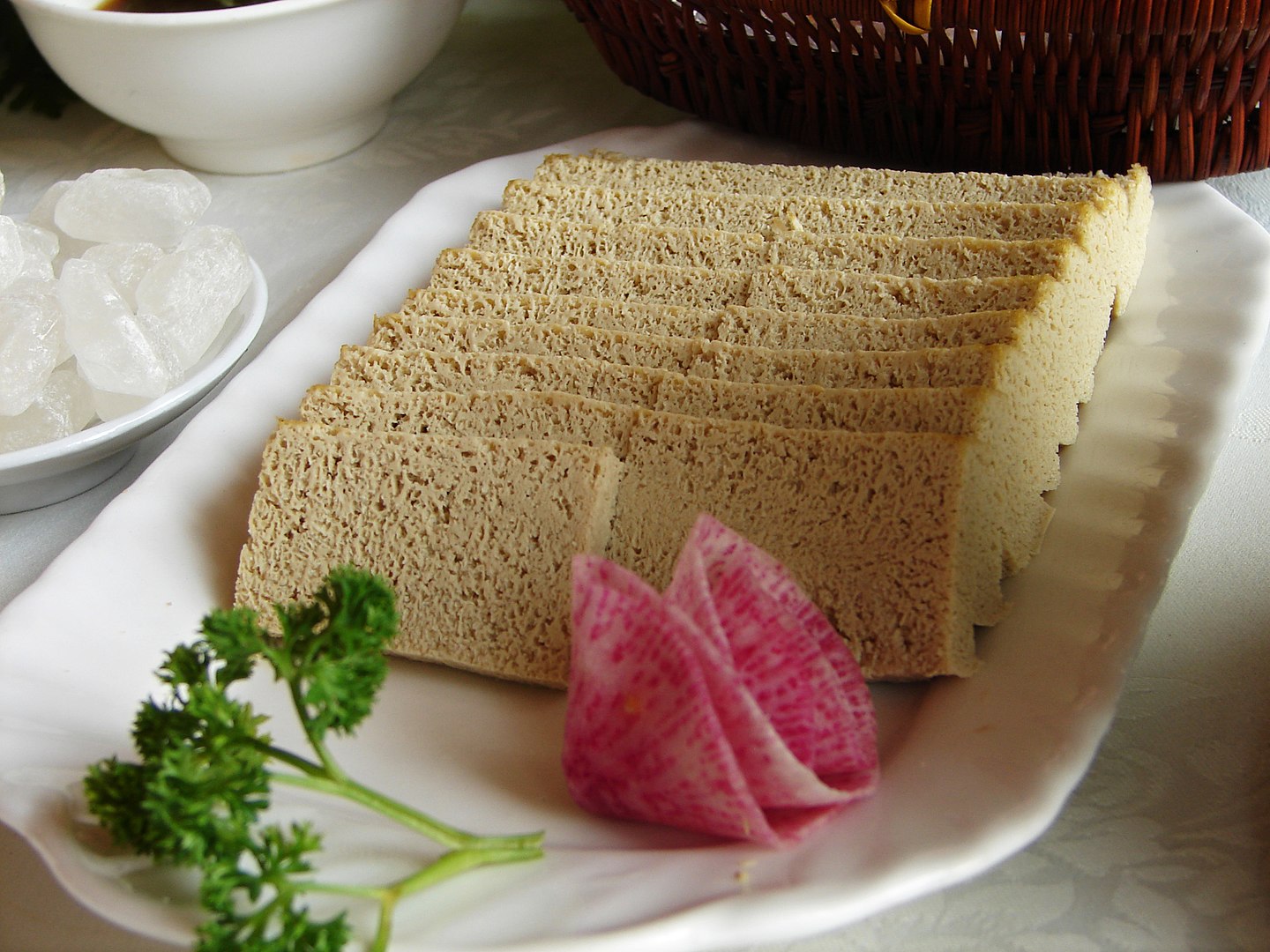
Japan has its own version of frozen tofu.
Locally known as kori-tofu, Japan uses a unique form of freeze-drying without advanced technology to produce this tofu variant. Specifically, they leave tofu out in the open during winter, allowing the dry air to suck out the moisture, as the cold temperatures freeze it.
This freeze-dried bean curd can last for a long time, though the Japanese traditionally soak it first before cooking. The Japanese use this tofu for a variety of dishes, ranging from soy and miso stock to rice wine. Regardless of the cooking method, kori-tofu tends to have a spongy texture, with a mild, sweet, and savory flavor.
Making bean curd also makes tofu skin in the process.
When you boil soy milk, it leaves behind solid residues on the pot. These residues get collected and dried for sale, whether for immediate consumption or for use in other recipes. In particular, tofu skin traditionally has a use in making congee.
Not all tofu comes from soybeans.
There’s almond tofu, made from almonds soaked and then ground in water. The resulting solution is thickened using agar, made from seaweed, before chilling. Chilling causes the final product to gain a gelatin-like texture, which can be sweetened using sugar, honey, or other sweeteners.
Mapo tofu is a famous Chinese dish.
Originally from Sichuan Province, historical records point to this dish existing as far back as the 13th Century. The recipe involves cooking tofu and minced meat in spicy sauce, typically made from fermented broad bean and chili paste along with fermented black beans. The resulting dish has a mix of both fiery flavor and a numbing effect, which gives it a distinctive flavor. This not only made the dish very popular, but also caused it to spread quickly, across China and beyond, to Japan, Korea, and the rest of the world.
Douhua is a popular Chinese dessert made with bean curd.
The basic douhua recipe involves soft tofu served in either an almond or ginger-flavored syrup. Usually, people would add in toppings such as peanuts, red beans, mung beans, tapioca, and even oatmeal.
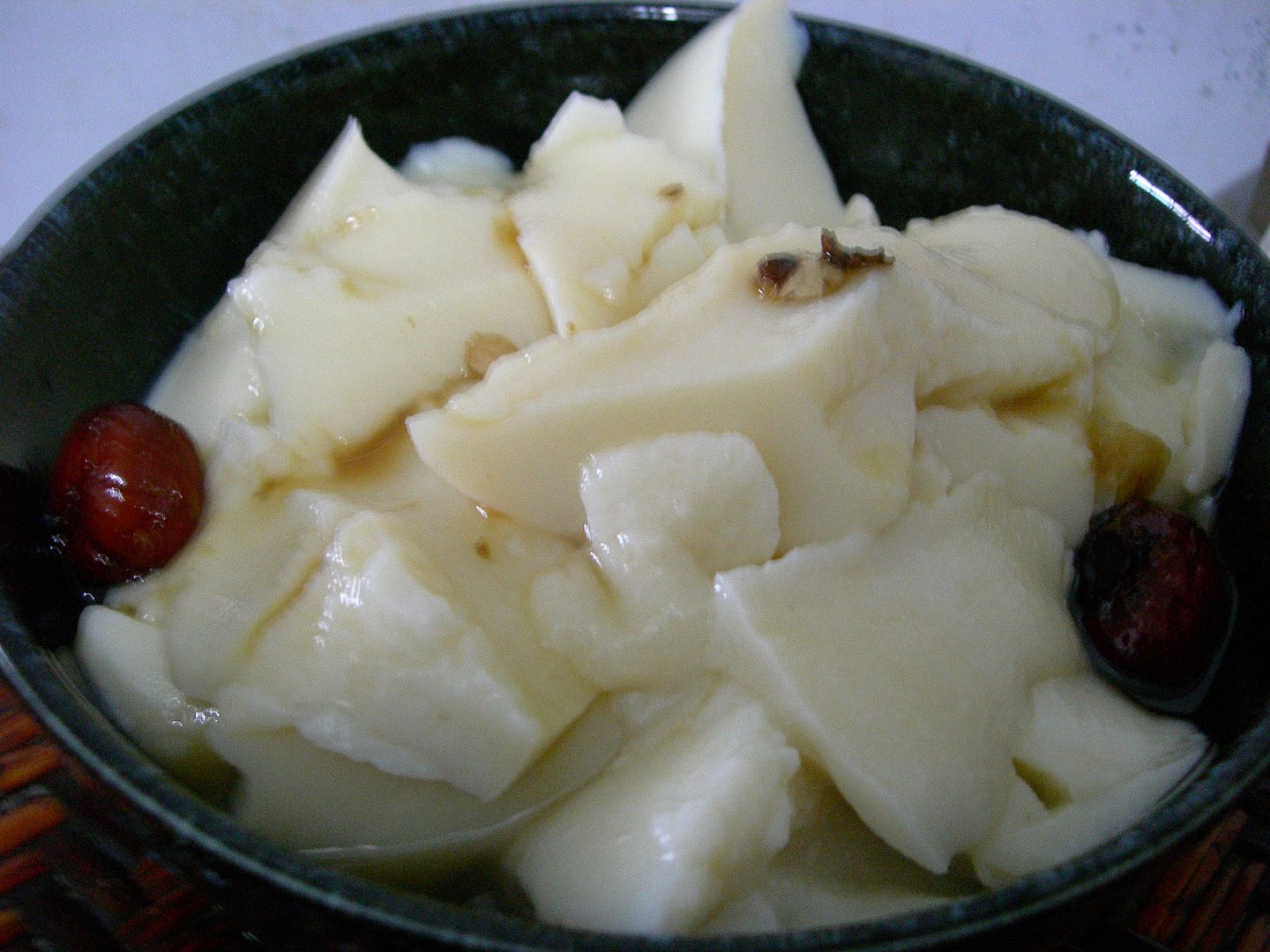
Douhua has many variants across China.
In Northern China, for example, douhua often gets served with soy sauce, giving it a particularly savory flavor. In Sichuan Province, douhua doesn’t get served sweet at all, instead being seasoned with chili oil or Sichuan peppers to pair with rice. Meanwhile, Cantonese cuisine serves douhua in sweet ginger sauce with black sesame paste and coconut milk. In Taiwan, douhua’s servings vary on the season, with douhua served hot in winter, and cold in the summer.
Japanese commonly eat the tofu-based dish hiyayakko in the summer.
This simple dish can be made with either soft or firm tofu, usually served in soy sauce with a variety of toppings. These toppings include grated ginger, chopped green onions, or even dried bonito flakes.
Agedashi tofu is another popular Japanese dish.
The name literally means lightly deep-fried tofu, which perfectly describes the dish. For this Japanese recipe, silken tofu is into cubes and dusted with either potato starch or cornstarch before deep-frying in oil. Once the surface turns a golden-brown, the dish is served hot in tempura dip, with a variety of toppings. These toppings include chopped green onions, grated radish, or even dried bonito flakes.
Bean curd also has a place in Korean cuisine.
A common side dish in Korean cuisine is simple fried tofu. Also called Dubu-jorim, this recipe involves simmering the bean curd in spicy sauce. Soft tofu makes up the main ingredient of sundubu-jigae, while firm tofu is a part of the recipes of various dishes such as doenjang-guk, doenjang-jigae, and kimchi-jigae.
Indonesians commonly cook tofu as part of tahu gejrot.
This recipe involves fried tofu cut into many small pieces and served with a blended sauce made from palm sugar, soy sauce, and vinegar. Toppings include bird’s eye chili, garlic, and shallots.
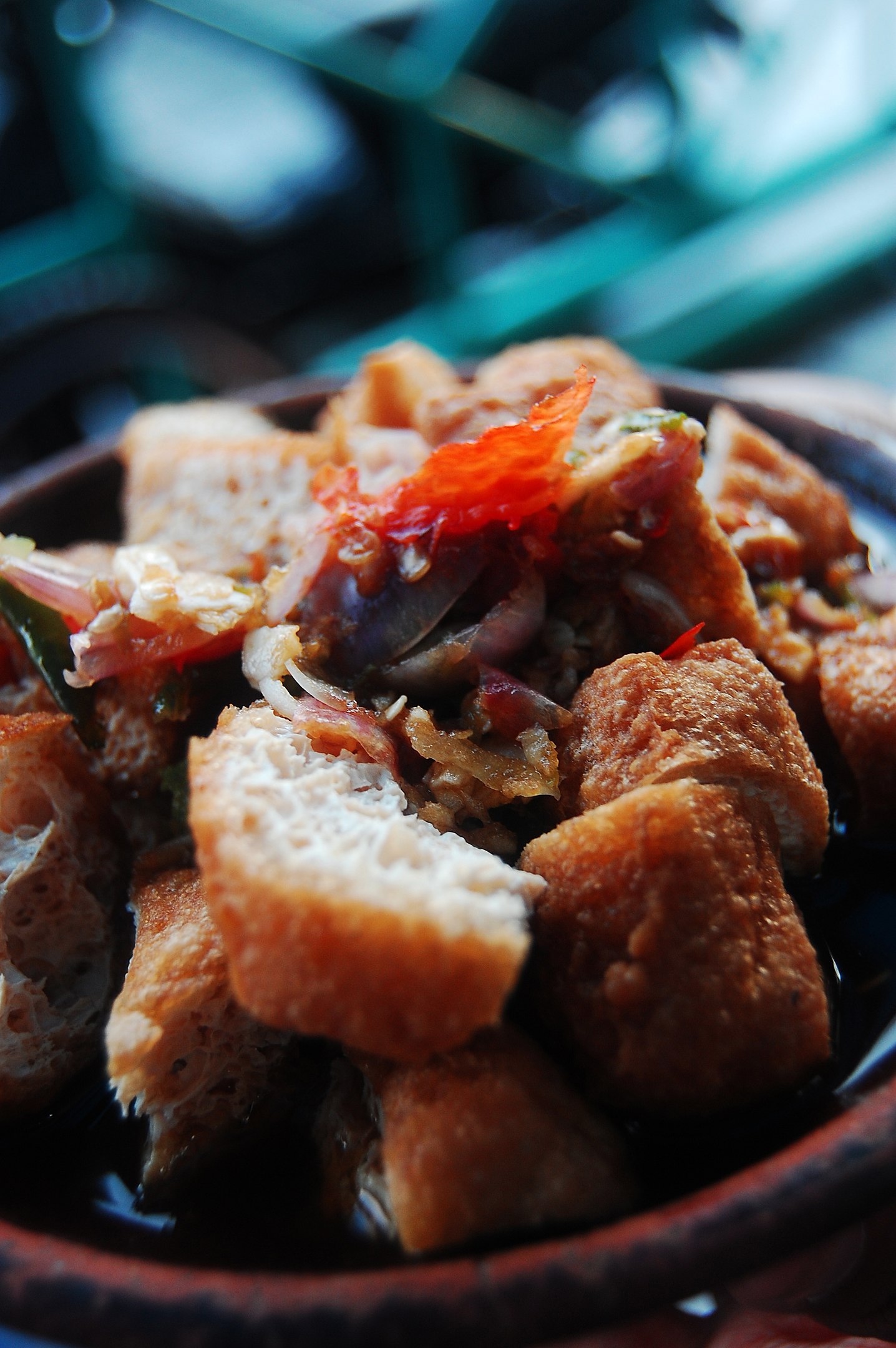
Indonesians also cook bean curd as part of kupat tahu.
This is another simple dish, made with fried tofu served with rice cakes in peanut sauce and bean sprouts. Deep-fried crackers are then added as a topping.
Java has its own specialty tofu dish, bacem.
This Javanese dish involves boiling tofu in coconut water and seasoning it with bay leaves, coriander, galangal, garlic, palm sugar, shallots, and tamarind. The boiling continues until all the coconut water has evaporated, after which the bean curd gets fried to a golden-brown color. The final dish has a firm texture and a sweet and sour flavor.
The Vietnamese have a simple way of eating bean curd for dessert.
For this Vietnamese dessert, they simply place silken tofu into a bowl and serve it with a variety of condiments.
In the Philippines, tofu comes as part of the popular sweet taho.
For this Filipino dessert, silken tofu gets processed to give it a custard-like consistency. It is then served with a syrup made from caramelized brown sugar, water, and vanilla. The dessert is then served either hot or chilled with sago pearls on top.
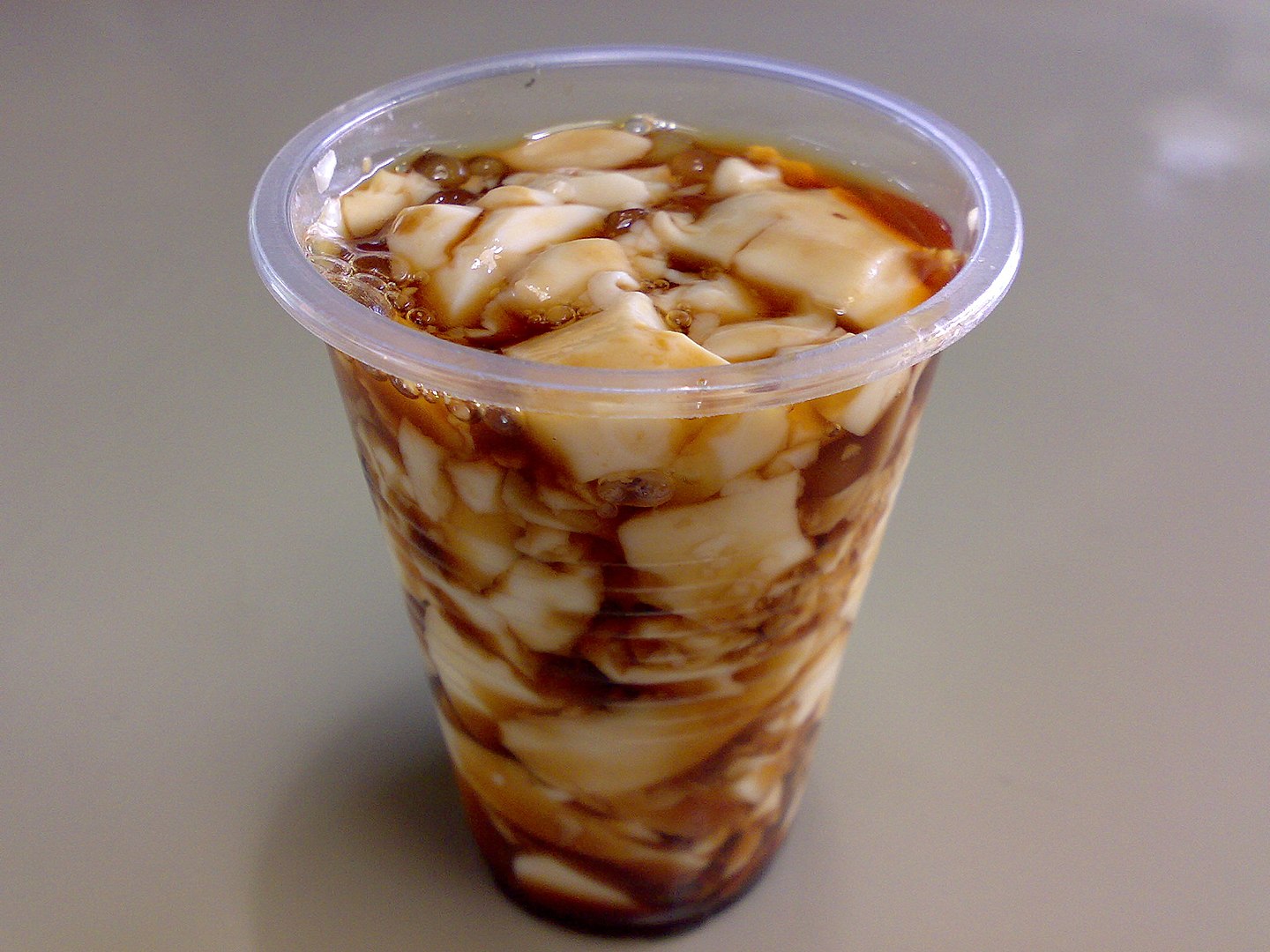
Westerners sometimes cook bean curd using a grill.
They use firm tofu for this, marinated over the previous night to allow the flavor to sink in. They also poke holes into the bean curd before marinating it, to make it easier for the marinade to get inside.
Vegetarians commonly use bean curd as a meat and dairy substitute.
They usually grate firm tofu to make meat substitute, usually mixed with textured vegetable proteins available from stores. To make dairy substitute, vegetarians use silken tofu, for example as a substitute for cheese in lasagna among other dishes.
Some people have allergies to bean curd.
People with allergies to other legumes like beans, lentils, peas, and peanuts should avoid tofu. Symptoms of a tofu allergy usually manifest in the swelling of the face, mouth, and throat, as well as difficulty breathing. People with asthma will find themselves facing a severe attack. In the worst-case scenario, anaphylactic shock and even death could result.
Tofu has a place in traditional Chinese medicine.
Traditional Chinese medicine claims that tofu refills a person’s qi or life force. They also claim that it can cure a person suffering from yang deficiency. Like all forms of traditional medicine, these claims lack concrete evidence and scientific study to back them up.
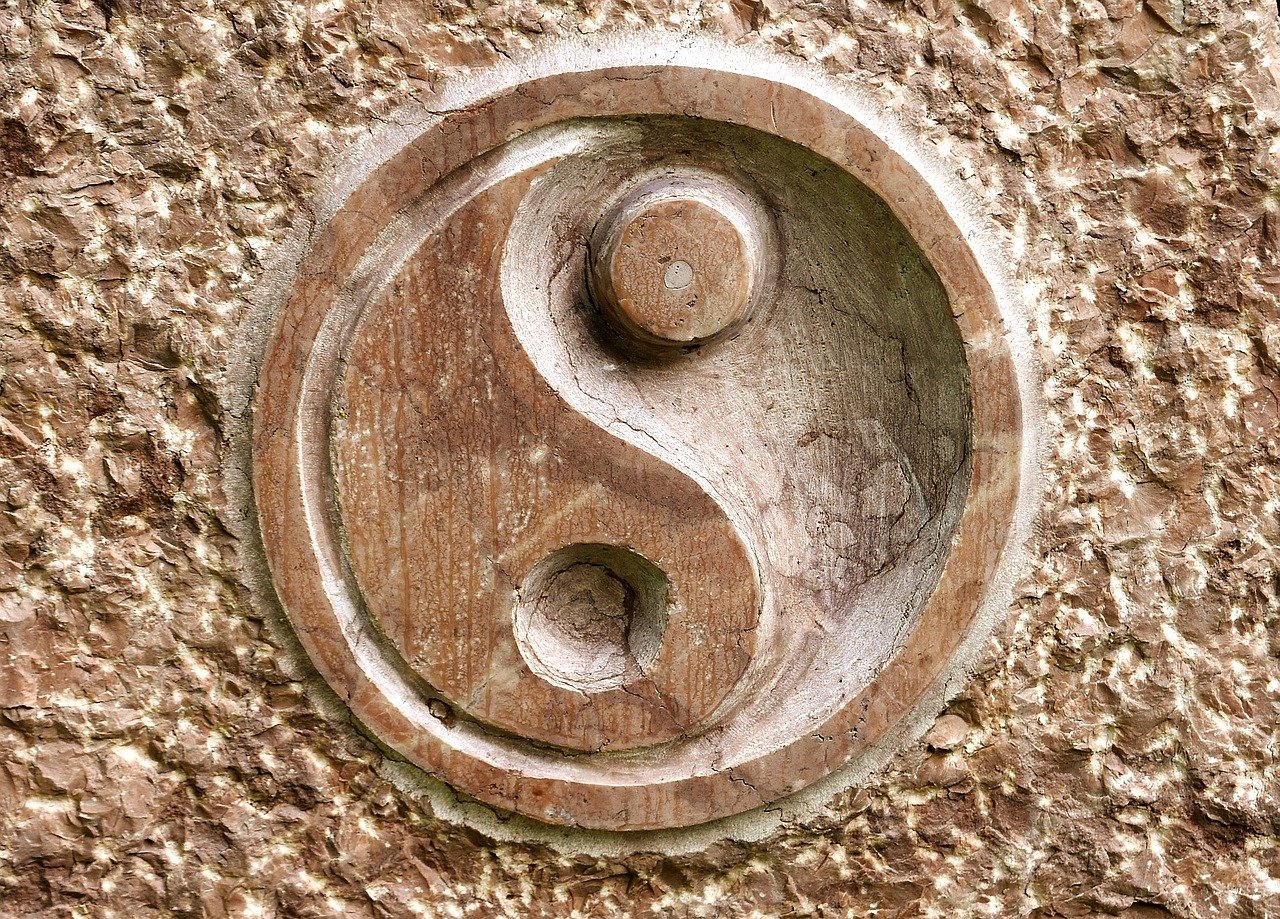
Bean curd does have certain health benefits.
A study conducted between 1995 and 1998 claimed that soy proteins such as those in tofu reduces cholesterol and with it, the risk of heart disease. A later review in 2006, however, found that soy proteins reduced cholesterol by small amounts. That said, the review agreed that soy proteins make for healthier living than animal proteins.
Was this page helpful?
Our commitment to delivering trustworthy and engaging content is at the heart of what we do. Each fact on our site is contributed by real users like you, bringing a wealth of diverse insights and information. To ensure the highest standards of accuracy and reliability, our dedicated editors meticulously review each submission. This process guarantees that the facts we share are not only fascinating but also credible. Trust in our commitment to quality and authenticity as you explore and learn with us.
